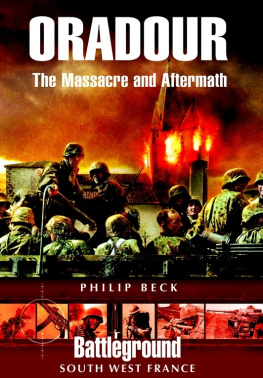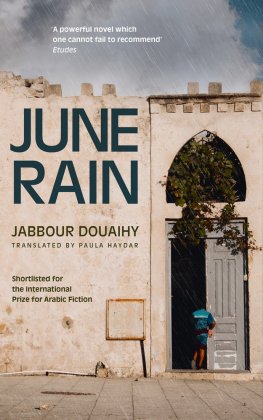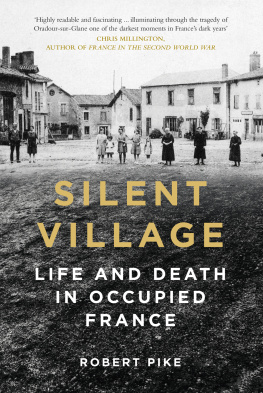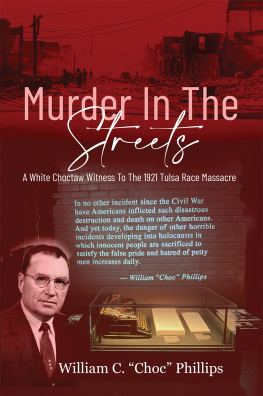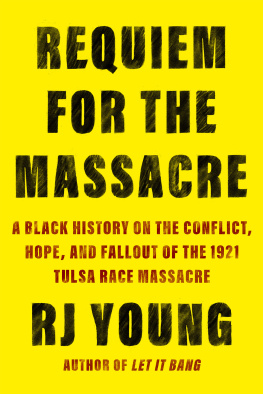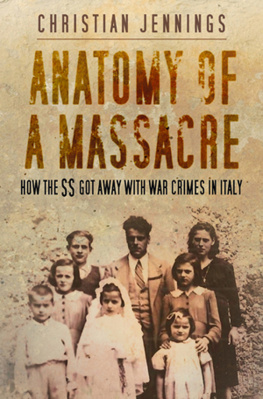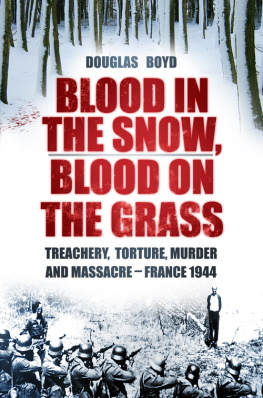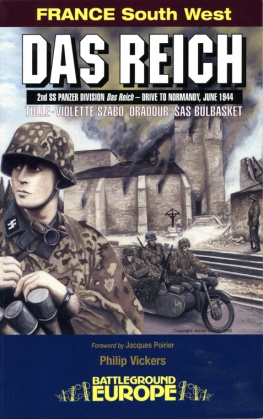The list of the dead is divided into two parts. The first, totalling fifty-two, comprises the people who could be identified. The second has 585 names. These were the people whose remains were mutilated and burnt to such an extent that identification was impossible. The two lists make a total of 637. Five more names were subsequently added. They were people who had disappeared and were assumed to be in Oradour at the time. The domicile of each person is where he or she was living at the time, so that refugees who had arrived some time earlier are treated as residents. Some of the refugees can be identified by their names, e.g. Espinoza, Lorente, Masachs, Serano (Spanish), Kanzler, Neumeyer (Alsatian).
One pities the Texier children aged four, two and one, respectively, whose Christian names were not known. Also the anonymous, M Picats servant. Monsieur Picat himself is the only one in the list bearing the title of businessman. Many of the people are described as horticulturists or market gardeners. The SS were probably told of this by their local informers and included tracked vehicles in their convoy to run over the fields and capture the workers. Other rural occupations are blacksmith, wheelwright, sabot maker, well digger, roadman and pedlar. Many of the women were glovemakers probably on contract work in their homes for a firm in Saint Junien the glove-making centre. Yvonne Brandy is described as station master and one can only assume she was in charge of the tiny tramway station. The Milord family were mainly associated with the hotel trade and their name lives on in a hotel in the new village. The list of occupations is incomplete. Presumably many were not known when the list was compiled, but most without occupation were old people and children.
It will be noticed how whole families were wiped out father, mother, children and grandparents. There are, for instance, eighteen Bardets and twelve Thomases.
CONCLUSIONS
Considered in relation to other massacres in the Second World War, Oradour may seem to be a minor affair. When one thinks of Hiroshima, Dresden, Katyn, the concentration camps, and the massive carnage and destruction in Russia, Oradour may not seem so terrible. It might be compared with Lidice, the death of a single man being the spark for the slaughter in each case, but in Lidice all the men were shot while the women were sent to concentration camps and the children to an unknown destination. In Oradour the women and children were shot and burnt in the church, traditionally supposed to be a place of sanctuary. Lidice was virtually wiped off the map, not a single building being left standing. Oradour was left as a ghastly ruin, testifying to the world in a more impressive manner the dreadful things that happened there.
It is difficult for most of us today to conceive what must have been in the minds of the SS murderers. Barth appears to have been unmoved at the time of the killings he carried out at both Lidice and Oradour. It was all part of the war to him. When he had shed the uniform of an SS officer, blindly obedient to orders he received from his superiors, he became a good citizen and father. He killed according to orders that word which has been responsible for millions of unnecessary deaths throughout history. Friend and foe in many a battle would gladly have stopped fighting each other and shaken hands had it not been for orders. The unofficial Chistmas truce in the trenches of the First World War was a typical example of the lunacy of orders. The men were ordered to start killing each other again after exchanging pleasantries in No Mans Land.
It could be argued that the airman who presses the bomb release resulting in the extermination of a large number of innocent women and children, not to mention the men, is as guilty as the SS soldier who butchered the people of Oradour. The difference lies in consciousness of the crime. In Oradour the killing of 642 men, women and children was done by men who saw and heard at close quarters the effect of their actions. Phosphorous bombs dropped on Hamburg and napalm dropped on Vietnam caused the death of thousands in a similarly agonising form to that meted out by the SS at Oradour. Did the airmen ponder on the effect on human flesh of their missiles? They probably hoped they were destroying military targets or killing soldiers of the other side, shutting out of their minds any pictures of people running about screaming, their clothes and hair on fire as a result of the incendiaries and exsplosives dropped on them.
Some of the concentration camps have been preserved with their ghastly apparatus as memorials of the horrors that were carried out there. However, Belsen, the only one I have visited, seemed more like a pleasant public park than a scene of indescribable cruelty. True, one is appalled by the huge mounds labelled to the effect that several thousand people are buried under each of them, and there are reminders of the awful scenes witnessed at the time of the liberation through photographs in a museum at the entrance. But the impact is far removed from that of Oradour. The others, with their gas chambers and ovens, still visible, are undoubtedly more shocking. But these places were specifically designed execution sites, unlike Oradour which was converted in the space of a few hours from a pleasant, populated village to a shocking, smoking place of execution containing the stinking remains of the victims.
Why keep Oradour as an interesting ruin when most of the war-shattered places have been rebuilt?
English-born Raymond Carter, in his book Le Scandale dOradour , argues against the preservation of the ruins. Here are some of his points:
(1) One does not perpetuate the memory of a cancer victim with a picture on his tomb of his cancer and a description of his agony.
(2) The dead would not have wished for the ruins of their homes to be kept as showpieces. The ruins have been officially preserved under the label historic site and attracts visitors, particularly during the holiday season.
(3) The children of Oradour would have preferred that other children should play and enjoy life where they did before their moments of terror ended their existence.
(4) After the war the Germans offered to rebuild the village. The offer was refused.
(5) When one visits the ruins it is not to pay homage to the dead but rather to examine the detailed evidence of the sadistic behaviour of the SS.
(6) The ruins keep alive hatred for the Germans which should be forgotten in view of the current Franco-German relations. Many French towns and villages are twinned with German places.
(7) The few survivors who live in the new village feel that the government has expelled them from their homes. They should have been rebuilt and they should have been allowed to return. They feel their roots are in the old village and not in the new one. If they had been rehoused at a distance from the ruins this feeling might not be so strong but they are daily faced with the pathetic reminder of their former existence.
There is much sense in what Raymond Carter says. Analysing my own feelings, I doubt whether I should have made the long journey just to see a memorial in a rebuilt village. The ruins are a unique showpiece, which can arouse feelings of enormous pity and horror. One walks in reverence (or at least one should) in a place which is really one vast cemetery.
I have visited war cemeteries in France, Germany and the Far East. The Singapore one is the most impressive I have seen, particularly during the daily downpour when the whole place seemed to be weeping. Yet such places cannot be compared with Oradour. The neatness of row upon row of identical headstones numbs any shock effect, although one is taken aback by the numbers involved.

